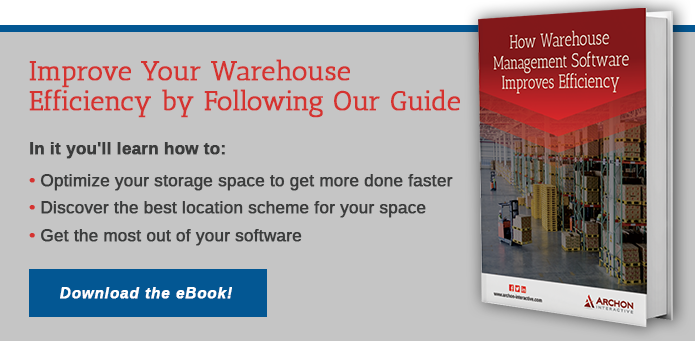 There are several ways to approach warehouse replenishment. The traffic on your floor, the size of your team, and the volume of the products you are restocking all play a part in deciding which system is best suited to your needs. You can replenish on demand, or you can replenish using a more opportunistic approach. Here are a few things to consider about how and when you do your warehouse replenishment:
There are several ways to approach warehouse replenishment. The traffic on your floor, the size of your team, and the volume of the products you are restocking all play a part in deciding which system is best suited to your needs. You can replenish on demand, or you can replenish using a more opportunistic approach. Here are a few things to consider about how and when you do your warehouse replenishment:
What Triggers Your Replenishment Process?
The first question you need to decide is how you will trigger your replenishment process. Some warehouses use a system of minimum thresholds. When the item is picked down to the minimum threshold it signals the WMS to restock the location. In other cases, companies only replenish items based on the incoming orders received, so items that are not currently in demand are not replenished until needed. Finally, some companies simply use any available down time to top everything off in a zone, making this the most opportunistic, but also less predictable, means of replenishing the warehouse.
How to Decide Which System Makes the Most Sense
Companies that have a limited amount of staff to often stick to opportunistic or on demand replenishment. The same is true of warehouses with limited accessible space for picking. They are often faced with the realization that they don't have the means to stock everything at once, so they focus only on items that they know they will need in the immediate future and place all other items at a lower priority.
However, companies who have a steady throughput and solid projections for upcoming sales are more likely to use a system that keeps stock above the minimum threshold for the given sales period. This ensures that pickers always have product available to them, even during busy seasons when surges happen.
As you decide how and when you will replenish in your warehouse, know that you can also use a combination of these methods. For instance, items that are staples for your industry may have dedicated space and staff for restocking along with minimum thresholds and a high priority on your task list. Meanwhile, less essential items may be subject to different rules that consume fewer resources in terms of labor and space. Your WMS is capable of managing your warehouse replenishment process according to whichever set of rules you set forth, and it can track incoming orders and trends to deliver more consistent results.




